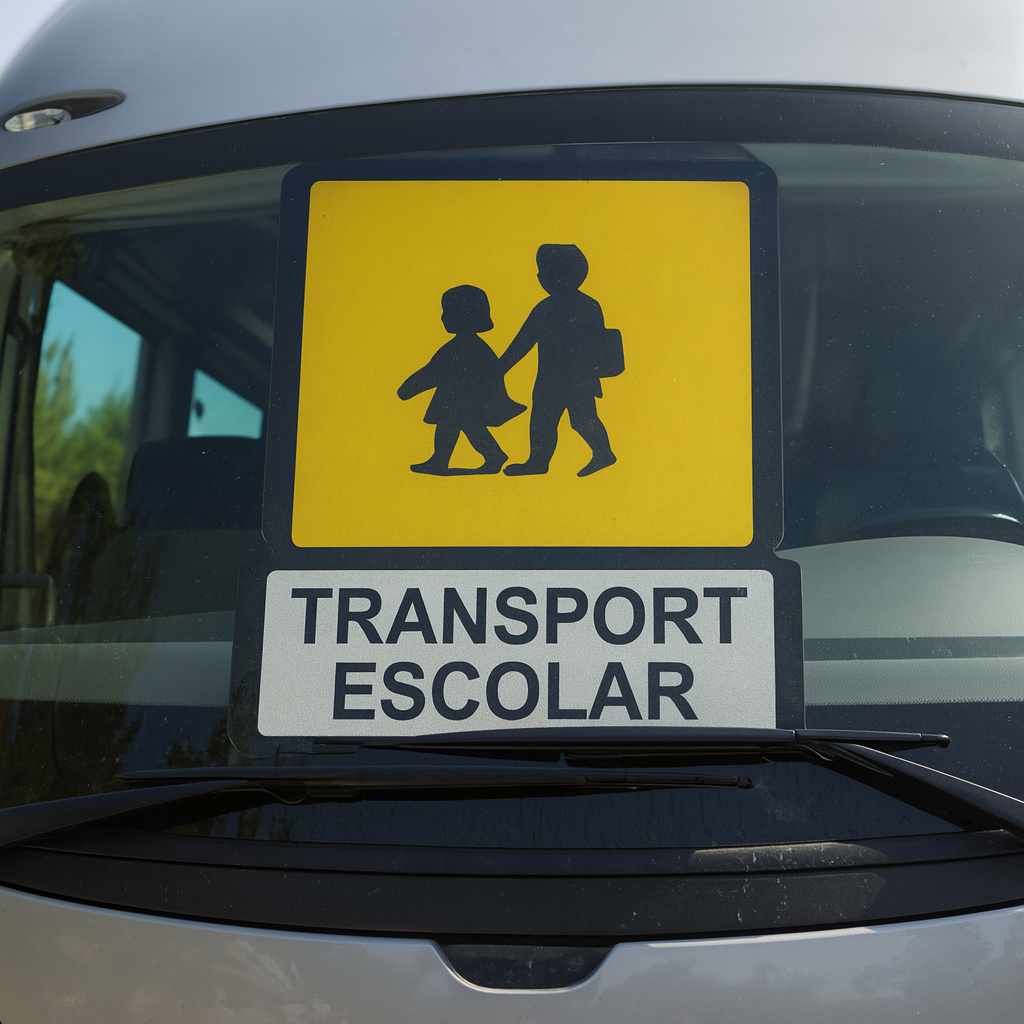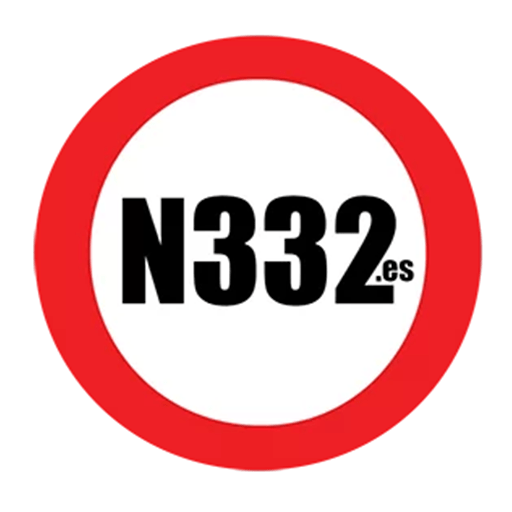As the school year begins, thousands of buses and coaches across Spain take on the daily task of carrying children to and from school. For other road users, it’s important to understand the unique features of these vehicles and how to drive safely around them.
Contents
How to recognise a school bus
Unlike in some countries, school buses in Spain are not painted in special colours. Instead, when they are operating as dedicated school transport, they display a yellow pictogram in both the front and rear windows. This sign is the clear indication to all road users that the bus is carrying children.
Why they may drive differently
School buses are subject to lower maximum speed limits than regular coaches. At times, they may travel more slowly than you expect. They also make frequent stops, sometimes in locations that are not official bus stops, to collect or drop off children close to their homes.
Overtaking and passing
In Spain, unlike in some countries, it is not illegal to pass a school bus while it is stopped to pick up or drop off passengers. However, extreme caution is essential:
- Slow right down when approaching or passing a stopped school bus.
- Expect the unexpected — children may step into the road without looking, often from in front of or behind the bus.
- Give plenty of space when overtaking, and be prepared to stop suddenly if necessary.
Courtesy on the road
If a school bus signals to pull out, allow it to re-join traffic safely. These vehicles are carrying children, and your patience can prevent dangerous situations.
Final word
For visiting drivers in particular, Spain’s rules may feel different to those back home. But the principle is simple: whenever you see the school bus pictogram, assume children could be nearby — slow down, give space, and stay alert.

Discover more from N332.es - Driving In Spain
Subscribe to get the latest posts sent to your email.

You must be logged in to post a comment.